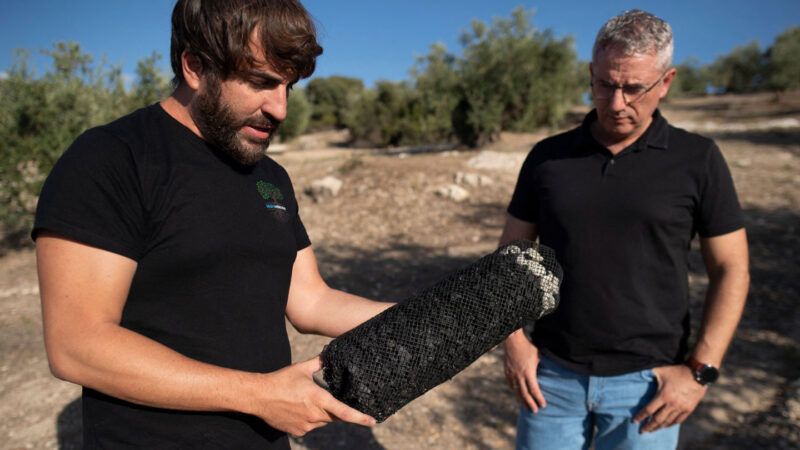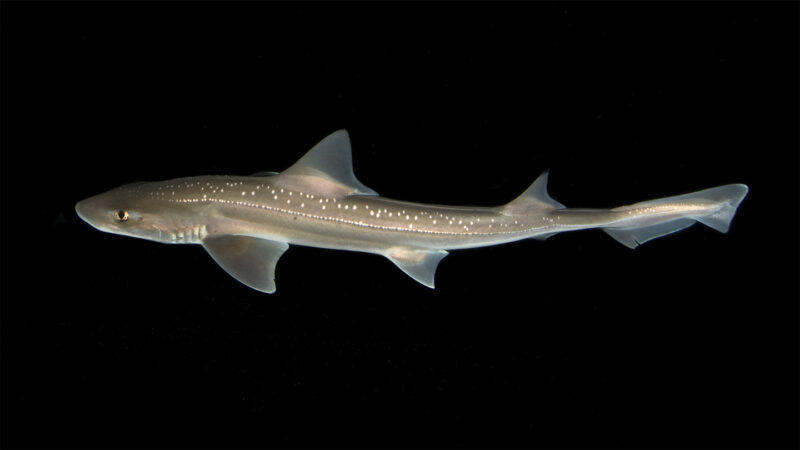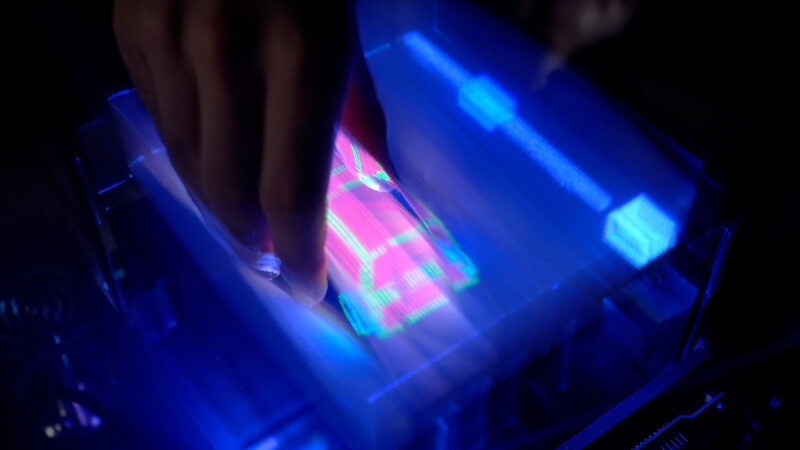Absorb and adsorb (verb, “AB-sorb” and “AD-sorb”)
Absorb and adsorb both describe ways a material might soak up another substance. One big difference sets these words apart. Absorption occurs inside the material. Adsorption occurs at the surface of a material.
Absorption occurs when a substance enters inside and mixes with a material. For example, the fibers of a cotton towel absorb spills. They do this by pulling the liquid inside and holding it there. Absorption allows our bodies to draw nutrients from food into our blood. And when cooking pasta, water absorbs into the starchy noodles. Absorption changes noodles from stiff to soft.
In physics, absorption may also describe energy transformations. Energy — such as light waves or sound waves — might be absorbed. As in, a leaf absorbs sunlight for photosynthesis.
Adsorption, on the other hand, happens when a substance clings to a material’s surface. One everyday example of this happens on activated carbon. This material provides the purifying power in many water and air filters. In these filters, a layer of activated carbon is often sandwiched between other materials. Impurities in the air or water cling to the surface of the carbon. Chemists can even customize the particles to latch onto specific impurities.
Zooming into a pellet of activated carbon, you’d see the surface riddled with pores. These pores increase the amount of surface area exposed to the surroundings. That increases the pellet’s ability to cling to impurities. This is why it’s called “activated” carbon. Chemists sometimes “reactivate” carbon by exposing it to very hot steam. This technique can remove adsorbed material. That allows the carbon to be reused.
In a sentence
Virus particles adsorb onto microplastic surfaces but do not absorb inside.

















